For years, Indian aficionados have contemplated how our national VFX scenario can be improved in the service of cinema that Indians have long yearned for. In order to corkscrew our way to the ideal vision of the Indian VFX scenario, there are variables that need to be imperatively considered and worked upon.
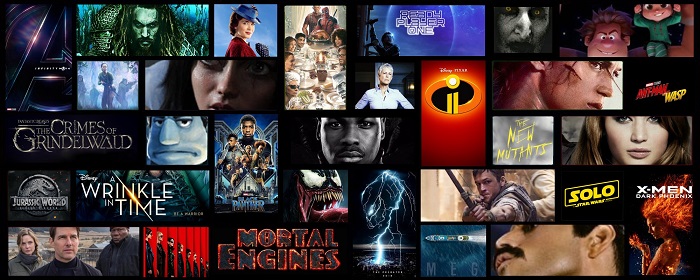
In the recent past, we’ve been treated to a flurry of VFX-rich Indian movies which have tapped on the tip of the iceberg. As we approach the age where VFX technology is set to play an indispensable role in driving the story, we must absorb and inculcate in the ecosystem some of the essentials that experts suggest.
Perspective on India’s VFX scenario
We spoke to Framestore’s leading CG supervisor Alan Woods who had recently presented the VFX breakdown of Mary Poppins in India. “India is a sleeping giant” in the VFX sphere is what he feels.
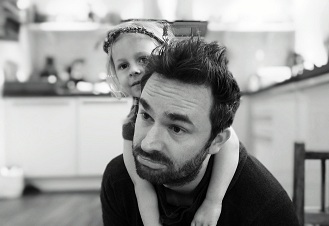
In a candid interview with AnimationXpress at Mumbai’s J.W Marriott Hotel, Woods enlarged upon his perception of India when asked if Indian movies will ever see the VFX sophistication on par with some of the western ones, he shared, “Yes I think the potential is there. I think the sheer size of the population, the talent is very much there. The institutes, the training and the technology all seem to be present.”
Predominantly in India, VFX work has been unfairly categorised as a technical department. Up until recently, people with visual effects background were seldom called artists. Mostly, they were looked upon as technicians. In fact, there was a time when Indian movie producers relegated the VFX work to what they call a “post-production department” and things would become so rushed by the end that the imagery ultimately suffered because of it. Although we have steadily come to a point of involving VFX artists right from the beginning, we are yet to completely come around to the significance of VFX as an “artistic department”
Building on the notion, he shared, “Coming around to a different way of thinking and not making it a technical thing necessarily would be the first step. As we discussed earlier, maybe we need to see it as an artistic thing.”
Highlighting the need to improve the education system, he says, “Rounding artists out into being 50 per cent technical 50 per cent artistic or 80 per cent artistic and 20 per cent technical is the way to go when we train them for the job.”
Framestore director of global talent development, Andrew Schlussel had earlier echoed a similar sentiment, “I guess what has left an impression on me most is the contribution India has been making to major feature film visual effects. So, what you will find more and more when you watch the credits of all the major visual effects features is a whole long list of Indian names in the credits and that continues to grow and grow. Concerning Anibrain and Framestore in Pune, our goal is to see all of a film’s visual effects go to Anibrain. We are going to have to build up department by department to get to that point, but ultimately that’s our goal.”
Question Of When
India has a repository of stories enmeshed with culture and history. Surely VFX can help pluck them from obscurity and bring them to the forefront.
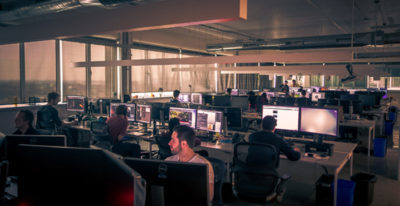 Schlussel added, “My impression is that there is an incredibly rich history of fascinating stories and myths that are intertwined with the culture, religion and the history of India. I see potential in the kind of draw on the incredible stories that will be interesting to the world. I think the potential is there. You’ve got a rich history of storytelling too. We’re building up the engine to get some of the best work in the world done here. Add in the financing and the will to do it and you’ve got all the pieces in place. In my opinion, it’s not a question of if it’s going to happen, it’s more of a question of when.”
Schlussel added, “My impression is that there is an incredibly rich history of fascinating stories and myths that are intertwined with the culture, religion and the history of India. I see potential in the kind of draw on the incredible stories that will be interesting to the world. I think the potential is there. You’ve got a rich history of storytelling too. We’re building up the engine to get some of the best work in the world done here. Add in the financing and the will to do it and you’ve got all the pieces in place. In my opinion, it’s not a question of if it’s going to happen, it’s more of a question of when.”
Education
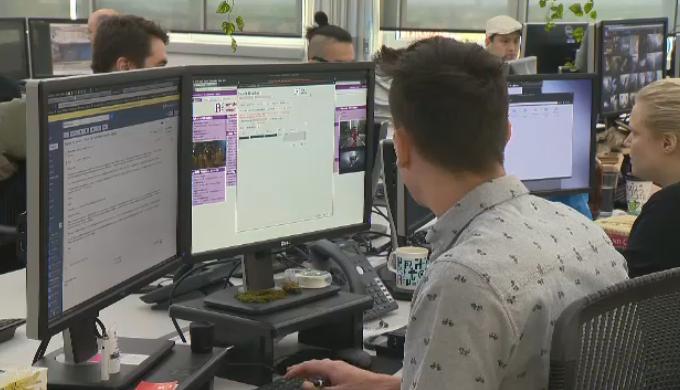
Touching upon the nuances and changes Indian institutes should have in order to have an effective approach to VFX training, Woods shared, “Most important thing is to not focus a hundred per cent on technical and really allow students to explore the creative side of it as well and not be afraid to express creativity. And not be afraid to create new ideas and to go out and take photographs and take a photography course and a drawing course and learn and see how things work in nature so they can then replicate them in a 3D environment in software because they need to really look at the natural phenomenon around them and see how acoustic pattern fall from a glass sphere or something on table”
He added, “How does light refract through water? What does atmosphere add through an image? So adding depth hazing and things like that..Exploring creativity but with a technical slant on it as well and see how they can deploy the software and make it work for their creative vision rather than thinking oh what button do I need to push to make that happen? Rather one should think about why you are pushing that button. Why you are trying to put that on the screen? and what are you trying to achieve? what is a director or a visual effects supervisor trying to achieve?”
Why is VFX so expensive?
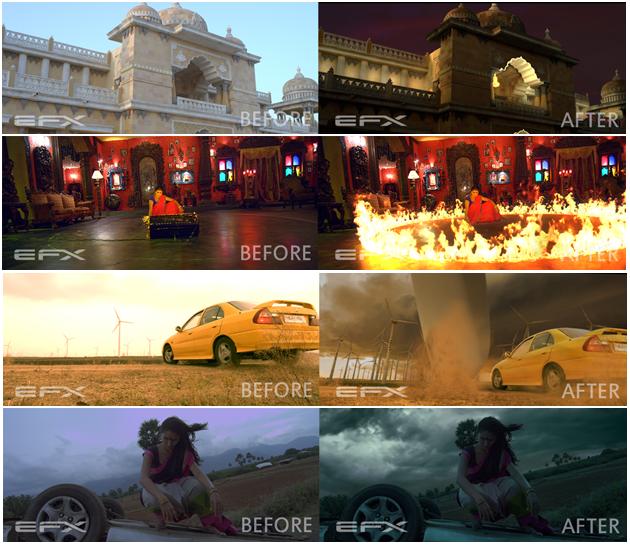
Framestore partnership with an Indian VFX institute Anibrain has been quite interesting insofar as academic cross-culture synergies. In the west, VFX is a well-paying job but India is only just beginning to recognise the artistry and the remuneration may not be very rewarding and sustainable at this point. Why is VFX so costly though?
Upon being asked as to whether it is the software that takes a lot of the financial load or the creativity that has to be paid, Woods answered, “I think it is more the cost of the artist. Getting good artists on board and keeping them, it is expensive to do that. I think it has to do with expectations too. Expectations are so high. People tend to get spread quite freely across projects. It’s a tricky balancing act.”
VFX Technological leaps
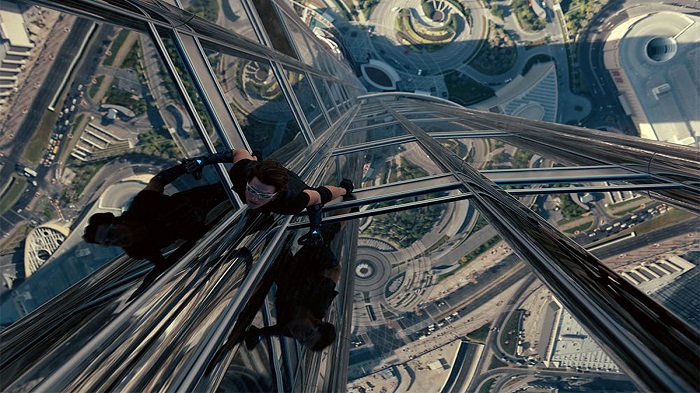
Shedding light on the rapid evolution of technology over the years, he shared, “I think it’s evolving all the time like the sheer pace of it is quite terrifying sometimes. When you look at where we were five years ago. And the compromise we might have had to make with the rendering right then. We can be much freer now because of the speed and algorithms behind the rendering. There is so much choice out there now, there are real-time renders and AR and VR stuff. It’s all going in so many different directions. It’s really hard to tell as to where it is going to be in five years from now.
Chroma Screens
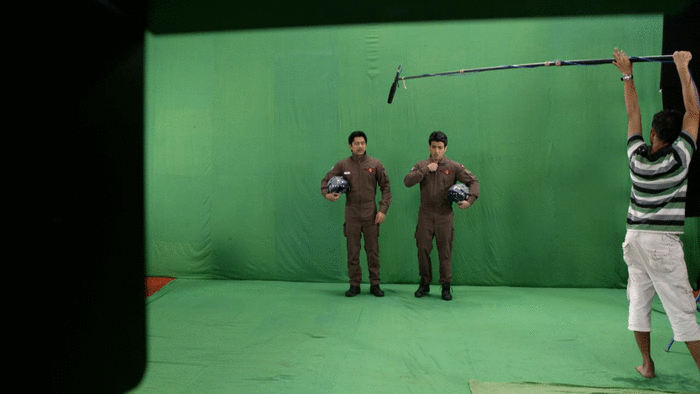
Earlier the question used to be as to whether the concept of green screen is going to erase the prospect of location shooting. As it happens, the leaps have been interesting as we see the advent of green screens themselves being replaced by what is being termed an LED wall (used in the Oscar winning movie First Man).
“I think they used that in Gravity where they had a box of LED screens, a very similar technique. I’ve not personally had experience of it. I think green screen is ultimately cheaper probably than to do an LED set up. Also the issue you would with that is if you pre-render all this content to project behind someone, then you have made all your creative decisions because once you have filmed all your expensive actors and actresses against that LED screen…. Unless you want to do that back off again and go back to square one in which you may as well have done the greens screen. Green Screens are more flexible. If you have a green screen, you can take an actor or actress off a green screen, You can do anything behind them. If you put an LED screen behind them, then that’s a done deal,” shared Woods.
Difference between Green and Blue screen.
He explained, “More or less, it’s the same thing but it’s a decision that a visual effects supervisor on set will take. It depends on what is being shot. If you are shooting green trees, in that scenario you would choose a blue screen. But if you’re choosing actors, for example, you might then green screen, because of the fact that you will less spill. We use the colour according to the scene.”
Views on India’s aspiration for Hollywood-like VFX
After a long and thoughtful pause, he profoundly said, “It will be a real shame if, in trying to achieve that Hollywood quality, you lost the kind of charm and uniqueness of what the Bollywood movies are. Part of that is that movies are the vehicles for the star Maybe that is a unique angle maybe that is something Hollywood doesn’t tend to do as much. You would hate to lose that unique angle. I don’t think it needs to Hollywood 2.0”
On learning that Dilwale Dulhaniya Le Jayenge (DDLJ) with virtually no visual effects is so successful that it plays in the theatres to this day and VFX-heavy Bahubali managed to become a triumphant hit amongst the masses even without any so-called A-list superstar helming the movie, he said, “That shows that anything goes. That shows that there is no idea that is too outlandish. If we don’t push down the creativity and kind of interesting aspect of that, there is always good in every idea that you can pull the bits and pieces out of.”
Possibilities opened up by VFX technology
Elaborating on the scope of what VFX can allow happening, Woods shared enthusiastically, “Talking about the pace of visual effects with the whole deep fake stuff, taking one actor’s face and replacing it with another actor’s face through artificial intelligence and machine learning, you can recreate some of that work that was done. Not of the same quality but you can recreate that with your own computers with the knowledge and tools that are out there, it’s unbelievable.”
He recounted, “A friend of mine did it for his father’s 70th birthday so he took scenes from the movie that he worked in and took a video of his father and put his father’s face into the movie and replaced kind of Thor and Iron man and replaced it with his Dad’s face”
Even though we have seen many indigenous VFX-rich projects, Indian VFX scene has many more mountains to climb. We hope to track the progress in the trajectory of the VFX scenario and aggregate the world community in a bid to allow the free-flow of knowledge percolating down to avenues that benefit from it.

